7.2.1 Design of a leak detector with a mass spectrometer
The operating principle of quadrupole mass spectrometers is shown in chapter 6.3. These units are used both purely as residual gas analyzers or process gas analyzers as well as for leak detection. Inlet systems for analyzing gas mixtures at higher pressures, including for leak detection, are described in chapter 6.3.5. Gas analysis systems on the basis of quadrupole mass spectrometers can be used as multi-gas leak detectors.The operating principle of sector mass spectrometers is shown in chapter 6.2.
The spectrometer cell of a leak detector shown in Figure 7.2 also only works at pressures under 10-4 hPa. In leak detectors, this pressure is generated and maintained by the pumping system of the leak detector. This does not require any operator intervention.
-
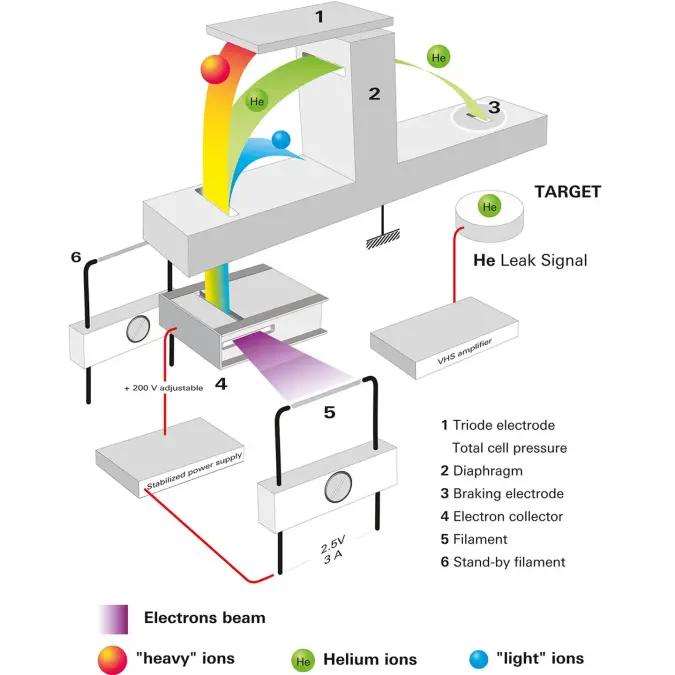
Figure 7.2: Working principle of a sector mass spectrometer
-
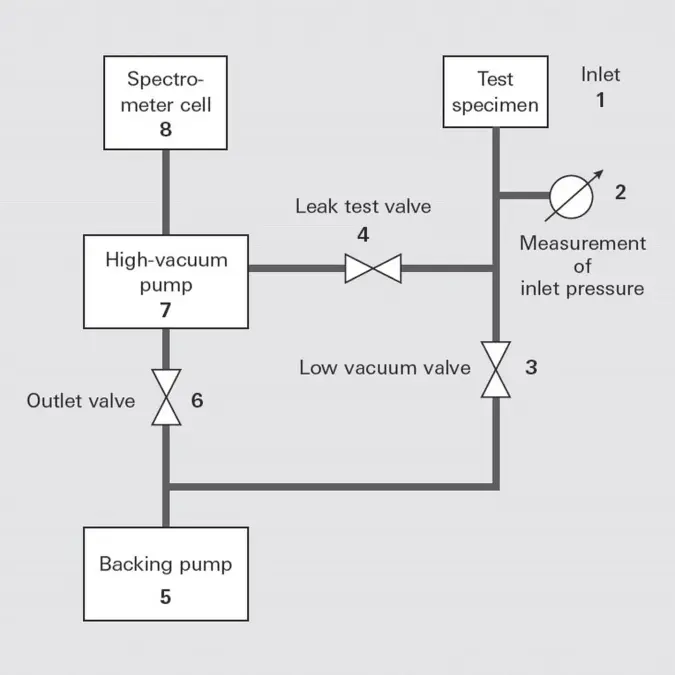
Figure 7.3: General leak detector flow chart
While the high compression ratio of the turbopump keeps air away from the mass spectrometer, light gases arrive there at a relatively high partial pressure. The turbopump thus acts as a selective filter for helium and hydrogen. This is why a mass spectrometer enables helium and hydrogen to be detected in the test specimen even at pressures < 10 hPa (higher for some devices). Several powers of ten of the helium partial pressure, and thus a leakage rate range in the counterflow of between 1 and 10-9 Pa m3 s-1 can be covered by means of various interstage pumps in the high vacuum pump (4), as well as by operating it at different speeds that exponentially influence the compression ratio. A pressure in the range of several powers of 10-2 hPa must be attained in the test specimen and leak detector in the main flow for the highest sensitivity stage of the leak detector (intake via valve (4)).
Due to the upstream turbopump, the mass spectrometer always operates at an extremely low total pressure, and is thus well protected against contamination and failure.
7.2.2 Design of a leak detector with a quartz window detector
While mass spectrometric detectors separate a gas mix by ionization followed by separation in a magnetic or electrical field, quartz window detectors make use of the different permeation properties of gases.The tracer gas mix is conveyed to the quartz surface of a heated diaphragm. The carrier layer for the quartz diaphragm consists of a silicon wafer with several thousand holes through which all incoming gas atoms and molecules can reach the quartz diaphragm. The separation itself takes place at the quartz diaphragm which allows helium, but not other gases, to pass through it. The thickness and temperature of the diaphragm are influencing factors for the permeation of the helium test gas. After the gases have passed through the diaphragm, the tracer gas that has entered is ionized and the ion current is a measure of the leak rate.
-
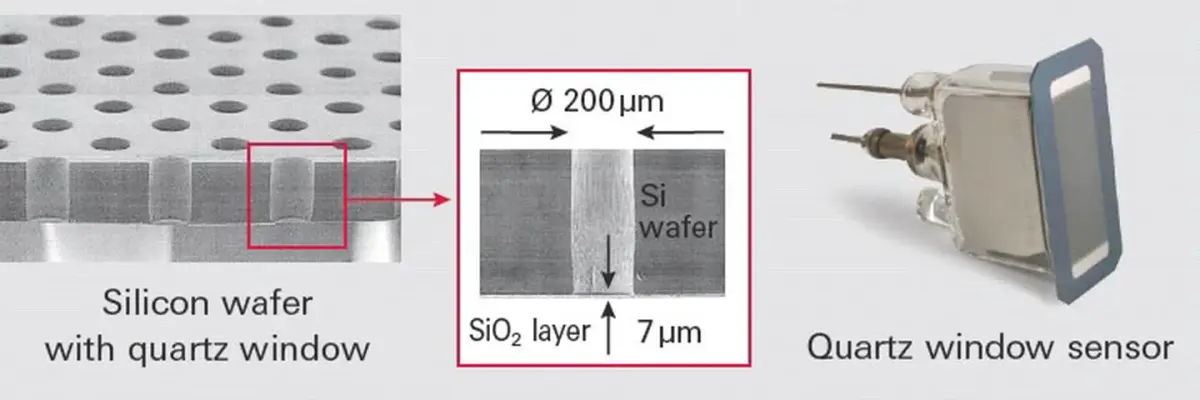
Figure 7.4: Operating principle of quartz window sensor
The shut-off valve (9) is opened for the test. The optional pump can generate a gas flow which reduces the response time of the sensor at higher system pressures.
The sensor (2) measures the partial pressure of helium in the vacuum. A test leak (7) on the system is used to determine the response time and calibrate the unit.
To protect the sensor and to purge the unit after a strong signal, automatic purging can be carried out. The valve (4) opens the inlet with the throttle (5) and the sensor is purged briefly with atmospheric air.
-
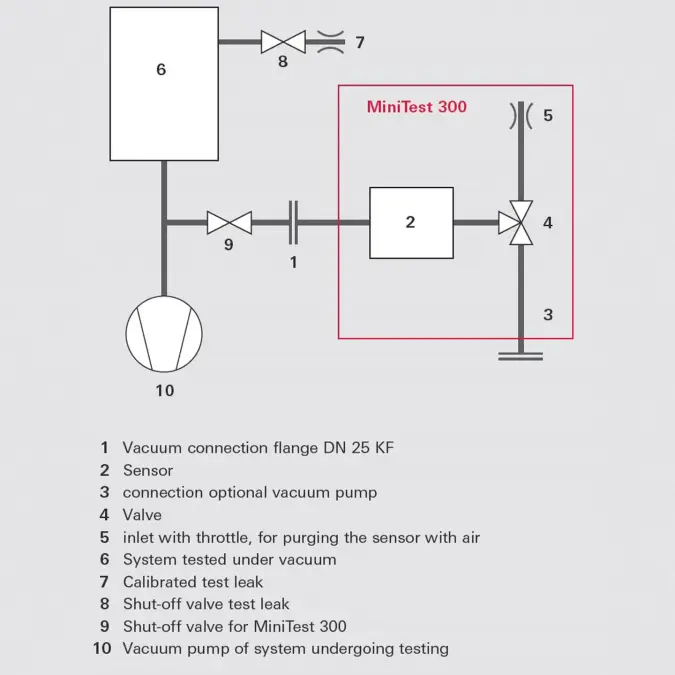
Figure 7.5: Vacuum diagram of the MiniTest quartz window leak detector on a system
7.2.3 Test methods
The test procedure used to detect leaks depends upon the type of test specimen and the required test results. The following criteria are formulated in the standard DIN EN 1779 [34]:- Will the test specimen be tested at overpressure or in a vacuum? In selecting the test method, if possible a method should be chosen that takes into account the pressure gradient encountered when the test specimen is actually used.
- Is only a partial area or the whole area of the test specimen to be tested?
- Should local leak detection, which is used to find leaks, be carried out or should integral leak detection, where the leakage rate of test specimens is typically determined for quality assurance purposes, be performed?
Leak detectors are equipped for two operating methods:
- The vacuum method, in which the test specimen is evacuated and helium exerts its effect from the outside.
- The sniffer method, in which the workpiece is filled with test gas overpressure Δp > 100 hPa and the escaping test gas is sucked into the leak detector via a sniffer valve and detected.
7.2.4 Calibrating the leak detector
The leak detector must be calibrated in order to determine leakage rates. This is done using a commercial test leak, which generates a known and reproducible test gas rate under defined conditions. Commercial test leaks are available in the form of a permeation leak or a capillary leak with or without a test gas reservoir. Leak detectors are usually equipped with permeation leaks with a helium reservoir. For calibration, an appropriate working cycle is often built in that automatically performs the calibration.To obtain precise measurements, the unit should be calibrated before each use. To test large test specimens for which additional vacuum pumps are in use, it is advantageous to use an external test leak. The measurement accuracy can depend on where the test leak is attached. Consequently, it is necessary to take flow conditions within the vacuum area into consideration. The use of external test leaks is also useful for deter-mining the maximum response time.
7.2.5 Local leak detection
Local leak detection is used to identify leakage in a test specimen.In the vacuum method, the test specimen (vessel) is connected to the leak detector, and helium is briefly sprayed onto a suspected area using a spray gun. If the pressure in the test specimen is in the molecular flow range, i. e. < 10-3 hPa, the test speed will be dependent on the volume of the test specimen and the effective pumping speed of the test setup for helium. The smaller the test specimen or the greater the pumping speed of the leak detector or auxiliary pump used, the quicker the result is obtained. At higher pressures, particularly in the laminar flow range greater than 1 hPa, the display speed will be much slower and will be governed by the pumping speed of the leak detector‘s backing pump.
In the sniffer method according to Figure 7.6 the test specimen (3) is filled with test gas overpressure. A sniffer probe (2) is connected to the test gas connection of the leak detector. The test gas that escapes through leaks in the test specimen can be detected by sniffing with the probe.
-

Figure 7.6: Local leak detection with sniffing and vacuum methods
Sniffer Leak Detection | Vacuum Leak Detection | |
|---|---|---|
Method | Sniffing the test gas-filled test object | Spraying with helium |
Mechanical strength | Against overpressure | Against atmospheric pressure from the outside against vacuum (pressure difference 1000 hPa) |
Detection limit | < 1 · 10-8 Pa m3 s-1 | < 5 · 10-13 Pa m3 s-1 |
Table 7.1: Local leak detection by sniffer and vacuum methods
7.2.6 Integral leak detection
Integral leak detection is used to determine the total leak rate, i. e. the total leak rate of all leaks in the test specimen. Here, too, the vacuum method and the sniffer method can be used.Sniffer Leak Detection | Vacuum Leak Detection | ||
|---|---|---|---|
Method | Accumulation test, collection of escaping test gas in an enclosing shell or chamber | Test specimen under overpressure, measurement of escaping test gas in a vacuum chamber | Test specimen under vacuum, measurement of test gas escaping from an enclosing shell into the test specimen |
Mechanical strength | Against overpressure of the test gas | Against overpressure of the test gas | Against atmospheric pressure from outside against vacuum (pressure differential 1000 hPa) |
Speed | slow | fast | < 5 · 10-13 Pa m3 s-1 |
Limit of detection | Use mainly > 1 · 10-5 Pa m3 s-1 | < 5 · 10-13 Pa m3 s-1 | < 5 · 10-13 Pa m3 s-1 |
Table 7.2: Integral leak detection by means of the sniffer and vacuum methods
When testing enclosed test objects (method B6 in accordance with DIN EN 1779, Figure 7.7 left-hand side) the test specimen is filled with helium and placed in an encasing vacuum vessel. The escaping test gas is identified and quantified by the leak detector.
-
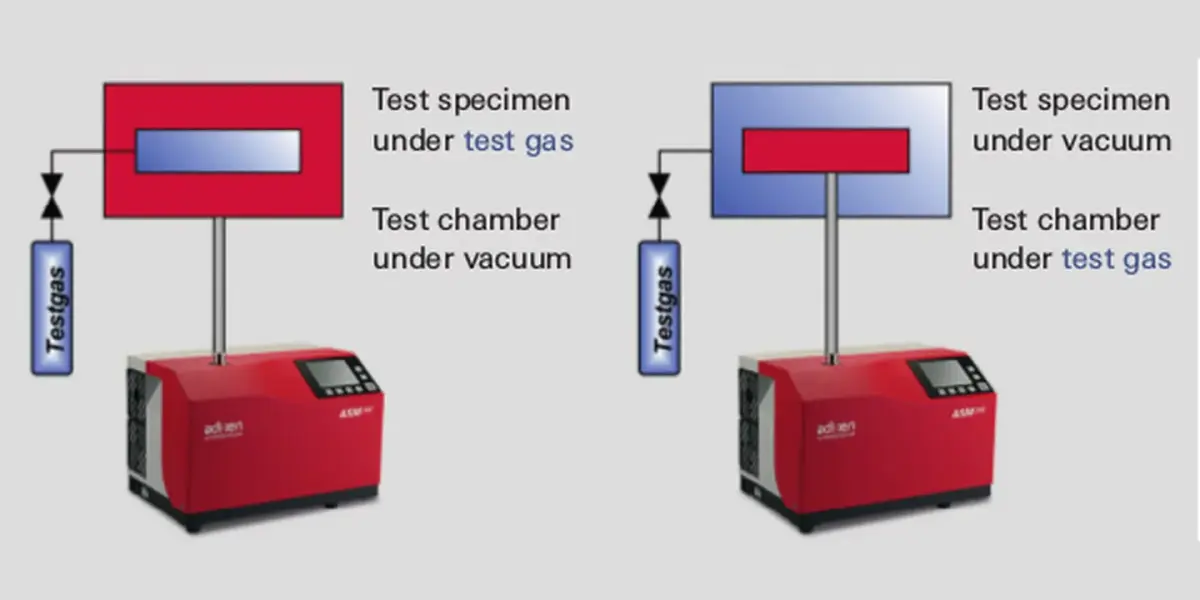
Figure 7.7: Integral leak detection with the vacuum method
-
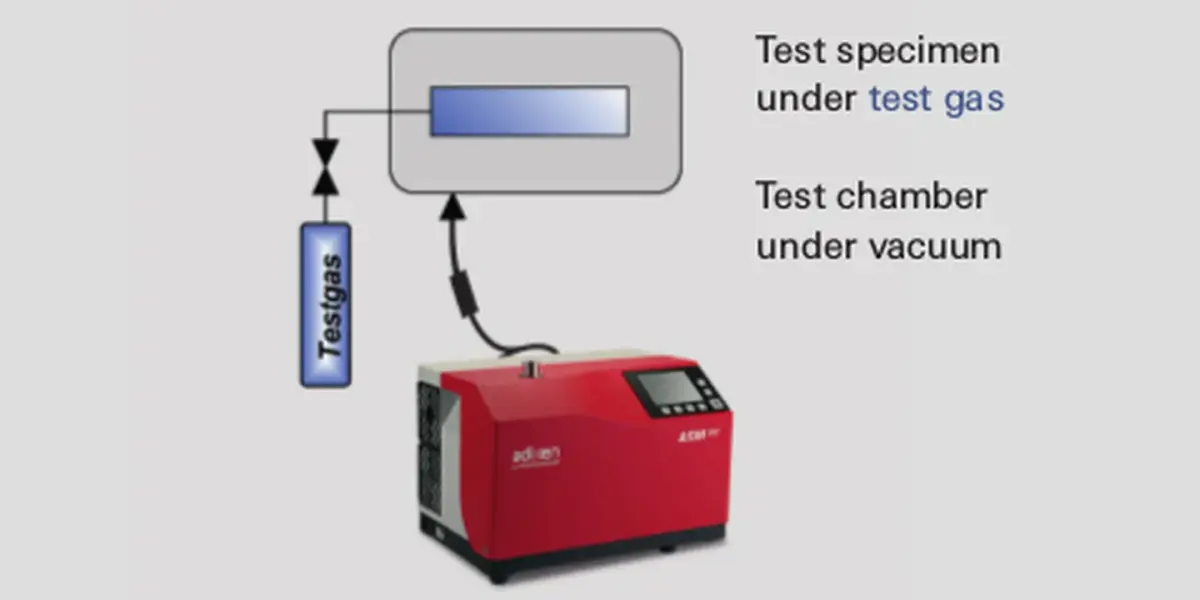
Figure 7.8: Integral leak detection of enclosed objects with the sniffer method